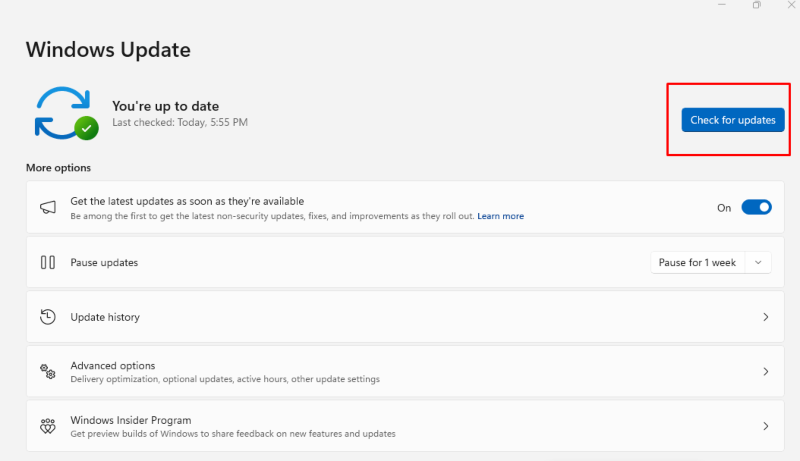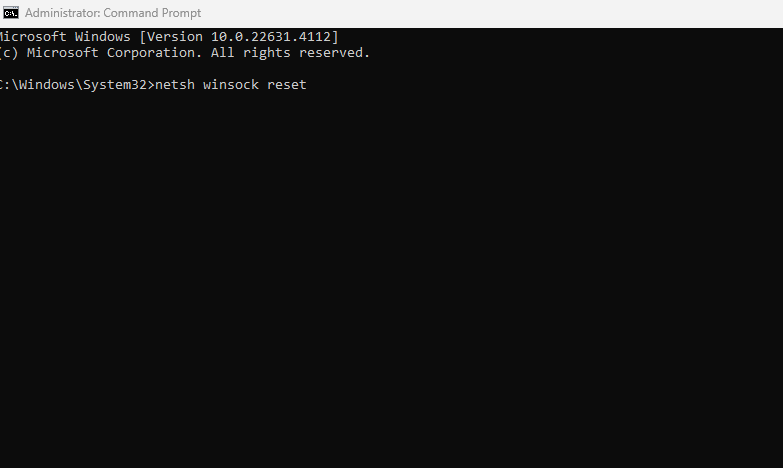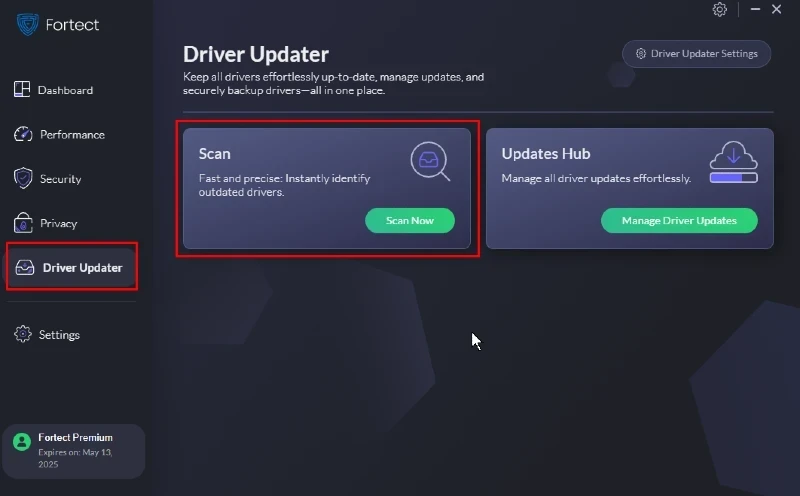8 Ways to Fix Windows 10 Network Adapter Missing
If you’re a Windows 10 user, encountering network adapter issues can be frustrating, especially when your adapter goes missing from the Device Manager. This problem often disrupts internet connectivity, making it difficult to perform essential online tasks. Fortunately, there are several effective methods to resolve this issue.
We will walk you through various troubleshooting steps to help you restore your missing network adapter on Windows 10.
8 Methods to Fix Windows 10 Network Adapter Missing
Network adapters are crucial for connecting your PC to the internet, but sometimes, they might disappear due to system glitches, outdated drivers, or other software conflicts. Before diving into more complex solutions, try these straightforward methods to address the missing network adapter issue on Windows 10.
Restart PC and Connection
A simple restart often resolves various system glitches, including a missing network adapter. Restarting your PC resets the system and can refresh network configurations that might have failed to load correctly during the initial boot.
Steps:
- Click on the Start menu and select Power.
- Choose Restart and wait for the system to reboot.
- Check if the network adapter is now visible in the Device Manager.
Check for Any Windows Updates
Windows updates often include fixes for bugs and issues that might affect your system’s hardware, including network adapters. Ensuring your system is up-to-date can automatically resolve the missing network adapter problem.
Steps:

- Go to Settings > Update & Security > Windows Update.
- Click Check for updates and let Windows install any available updates.
- Restart your PC and see if the network adapter appears.
Run Built-in Network Troubleshooter in Windows 10
Windows 10 includes a built-in network troubleshooter that can automatically diagnose and fix network-related issues. This tool can help you identify and resolve problems with your network adapter.
Steps:
- Open Settings and go to Update & Security.
- Click on Troubleshoot > Additional troubleshooters.
- Select Network Adapter and click Run the troubleshooter.
- Follow the prompts to identify and fix the issue.
Show Hidden Network Adapter in Device Manager
Sometimes, network adapters might be hidden in the Device Manager due to specific settings or conflicts. Showing hidden devices can reveal the missing adapter and allow you to re-enable it.
Steps:
- Press Win + X and select Device Manager.
- Click on View in the menu and choose Show Hidden Devices.
- Look for the network adapter under Network adapters and right-click to Enable it if it’s disabled.
Reset the Winsock Data
Winsock settings can become corrupted and lead to network issues, including a missing adapter. Resetting Winsock data can restore default settings and potentially fix the problem.
Steps:

- Type cmd in the Windows search bar, right-click Command Prompt and select Run as administrator.
- In the Command Prompt window, type netsh winsock reset and press Enter.
- Restart your computer to apply the changes.
Uninstall or Rollback the Network Driver
If a recent driver update caused the network adapter to go missing, rolling back or uninstalling the driver can help. This action reinstalls the default driver that was previously working fine.
Steps:
- Open Device Manager and expand Network adapters.
- Right-click the missing network adapter and select Uninstall device.
- Confirm the uninstallation and restart your PC. Windows should reinstall the default driver.
- If the problem started after a driver update, right-click the network adapter, select Properties, go to the Driver tab, and choose Roll Back Driver.
Update the Driver for Wireless Network Adapter
An outdated or corrupted driver could cause the network adapter to disappear. Updating to the latest driver version can resolve compatibility issues and restore the adapter.
Steps:
- Open Device Manager and locate your network adapter under Network Adapters.
- Right-click the adapter and select Update driver.
- Choose Search automatically for updated driver software and follow the prompts.

For a hassle-free way to keep your drivers up to date, consider using PC optimization software with a built-in driver updater, such as Fortect. Fortect Premium offers an automated driver updater that scans your Windows PC for all installed drivers, identifies outdated ones, notifies you in real-time, and updates them automatically from a secure source.
Download and install Fortect now.
Perform a System Restore
If all else fails, a system restore can revert your computer to a previous state when the network adapter works correctly. This step should be a last resort if other troubleshooting methods do not work.
Steps:
- Type Create a restore point in the Windows search bar and select it.
- Click on System Restore and follow the prompts to restore your system to a previous date.
- After completing the restoration, check if the network adapter is visible.
Conclusion
Troubleshooting a missing network adapter on Windows 10 can be straightforward if you follow the correct steps. From simple restarts to advanced system restores, these methods cover a range of solutions to address the issue. Remember always to keep your system and drivers updated to prevent such problems in the future.
If you continue to experience issues, it might be worth consulting a professional technician to diagnose the problem further.




